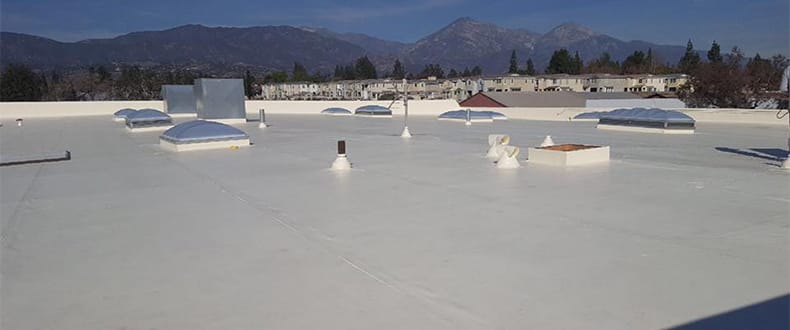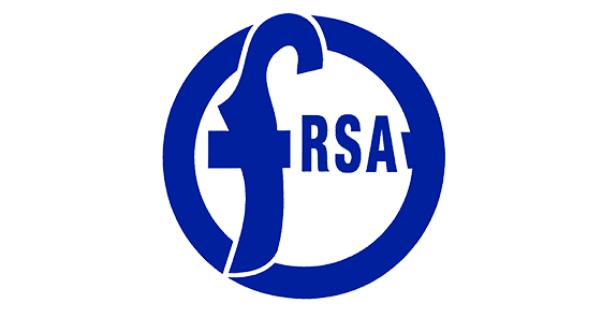MRA Urges Homeowners to Take Grassroots Action to Ensure HOAs Prioritize Protection for 2020

By Metal Roofing Alliance.
Guidelines that can help your customers push for updates to their HOA rules to allow more protective roofing.
The new realities of climate extremes are having a major impact on U.S. and Canadian homeowners. Old realities are still standing in the way for some homeowners who want to increase their home’s resiliency. That includes outdated local HOA restrictions that may prevent more protective home improvement practices.
“The scary fact is that regional crises caused by climate extremes are happening more frequently, yet many neighborhoods aren’t updating their rules fast enough to help address it,” said Renee Ramey, executive director of the Metal Roofing Alliance. “That gap needs to be closed so homeowners can take steps to better protect their homes.”
Case in point are metal roofs. Some HOAs still don’t allow them based on past design standards established when communities were first built. But quality metal roofs are proven to not only better protect against wildfire, hail and hurricanes, the latest designs also can closely mimic a wide variety of traditional styles, including shake, clay, asphalt and slate, which negates any HOA design restrictions against them.
The good news is that most HOA policies are meant to adapt to communities over time. According to Ramey, the beginning of the year is an ideal time for homeowners to review HOA policies and take action to advocate for changes based on today’s realities and concerns. If you have customers who are interested in pushing for updates to HOA rules and policies that allow for more protective home improvement practices, the MRA offers these general guidelines (individual HOAs may have different processes; check with your local board to determine proper steps to take):
1) Evaluate your community’s rules with a focus on improving resiliency
HOAs operate under a variety of governing documents including CC&Rs, Rules and Regulations and Bylaws. Rules and Regulations often cover design policies, such as preferred exterior materials and styles. Review all documents and determine whether there is an opportunity to update those rules to allow for better, more durable and protective materials or maintenance practices.
2) Understand the process
Neighborhood governing documents should outline requirements needed to make a change. Many Rules and Regulations documents only require a vote of the board or notice to the community in order to implement revisions. Changes to bylaws and CC&Rs are typically more complicated and may require the vote of neighborhood residents. Understand what may be required by your own local HOA.
3) Make the case
Most HOA boards are motivated by what’s in the best interest of the community and what will help maintain and protect property values. In plain language, outline why suggested updates make good sense with these two important considerations in mind. For example, to propose that an outdated ban on metal roofs be lifted, emphasize the increased protection against extreme weather, reduced maintenance, long-lasting performance and value, and the style options available that will coordinate and match HOA design preferences.
4) Build consensus
Approach neighbors to help build consensus for the proposed changes and even consider circulating a petition to showcase support. This step has the dual purpose of getting others involved from the get-go to avoid surprises. Once you have rallied support, ask for time at an upcoming HOA board meeting to present your proposal. Be ready with answers to questions that may be asked and to help dispel any outdated beliefs or inaccuracies.
As a next step, many HOA boards will decide to work with an attorney who has homeowners association property management experience to craft explicit guidelines and appropriate language to ensure any changes are legally compliant. Consider working with your HOA on communications efforts to help residents understand any new rules, updates or allowances that may be formalized and put into place.
Keep in mind that HOAs are often managed by volunteer boards that include individuals who may only serve part time. While it is very rare for any HOA to intentionally disregard the latest issues or drag their feet in regard to immediate needs facing their community, traditions and norms can be hard to change unless individual homeowners proactively take action to seek them out and encourage updates and action through the proper channels.
“In the face of new climate extreme realities, it’s essential that communities be allowed to use the latest home improvement advancements, techniques and materials that are designed to better protect homes and guard against threats,” said Ramey. “As lessons from the past few years have shown, there’s an increased urgency to take action now and it starts at the neighborhood level.”
About Metal Roofing Alliance (MRA)
Representing metal roofing manufacturers in the United States and Canada, the Metal Roofing Alliance (MRA) was formed in 1998 as a nonprofit organization to help educate consumers about the many benefits of metal roofs. The main objective of MRA is to increase awareness of the beauty, durability and money-saving advantages of quality metal roofs among homeowners, as well as to provide support for metal roofing businesses and contractors.
For more information, visit MRA.



















-2025-xtv-mls-tour-2.png)

Comments
Leave a Reply
Have an account? Login to leave a comment!
Sign In